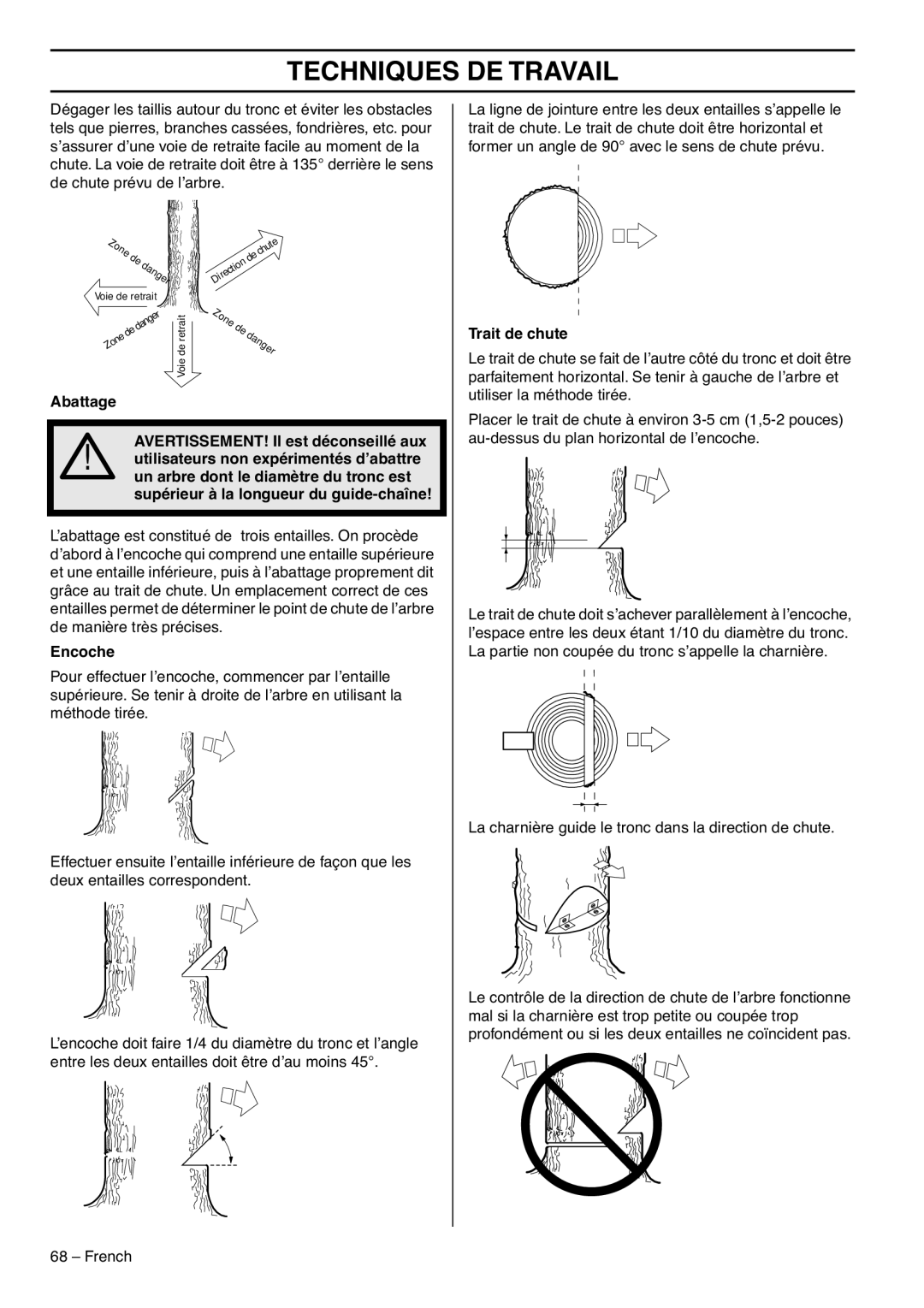GZ7000 specifications
The RedMax GZ7000 is a premier outdoor power equipment solution designed to provide exceptional performance and efficiency for both residential and commercial users. This versatile piece of machinery is engineered with a range of features and technologies that cater to the demands of landscaping and maintenance tasks.One of the standout features of the RedMax GZ7000 is its powerful engine. Equipped with a robust two-stroke engine, the GZ7000 delivers high torque and reliable power, making it ideal for a variety of applications such as mowing, trimming, and clearing brush. Additionally, the engine is designed for fuel efficiency, allowing operators to accomplish more with less fuel, thus reducing operational costs and environmental impact.
The GZ7000 incorporates advanced starting technology, with an easy-start system that minimizes friction and ensures quick ignition. This feature is particularly beneficial for users who require immediate operation without the hassle of difficult pull starts. The air filter system is designed for maximum airflow while minimizing dust and debris intake, enhancing engine longevity and performance.
In terms of ergonomics, the RedMax GZ7000 is designed for user comfort and ease of handling. The adjustable handle allows for customization to fit various operator heights, reducing fatigue and enhancing control during operation. The lightweight construction ensures that the unit can be maneuvered effortlessly, even for extended periods.
Durability is a hallmark of the RedMax GZ7000, with high-quality materials used throughout its construction. The sturdy frame and components are designed to withstand the rigors of heavy use in challenging environments, ensuring a long lifespan and reliable performance.
For added safety, the GZ7000 features an integrated safety switch that prevents accidental starts, making it a safe choice for both experienced operators and novices alike. The machine also offers minimal vibration during operation, which not only enhances comfort but also reduces the risk of operator fatigue and injury.
Overall, the RedMax GZ7000 is a powerful, efficient, and user-friendly outdoor power equipment option. With its combination of advanced technology, ergonomic design, and robust construction, it stands out as a top choice for those looking for reliable performance in landscaping and maintenance tasks. Whether for professional grounds maintenance or personal landscaping projects, the GZ7000 is engineered to meet the needs of the most demanding users.

